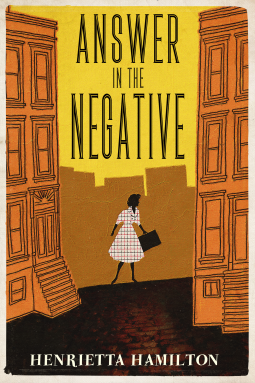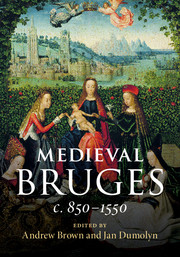Synopsis: In the winter of 1937, the village of Okamura is abuzz with excitement over the forthcoming wedding of a son of the grand Ichiyanagi family. But amid the gossip over the approaching festivities, there is also a worrying rumour – it seems a sinister masked man has been asking questions about the Ichiyanagis around the village.
Then, on the night of the wedding, the Ichiyanagi family are woken by a terrible scream, followed by the sound of eerie music – death has come to Okamura, leaving no trace but a bloody samurai sword, thrust into the pristine snow outside the house. The murder seems impossible, but amateur detective Kosuke Kindaichi is determined to get to the bottom of it.
This setting, in 1930s Japan, sees a seemingly impossible double murder committed on the night of a wedding. Whilst the police investigate, one of the wedding guests calls in the services of renown private detective
Kosuke Kindaichi who is described as ".. ungainly [in] manner, wild, [with] dishevelled hair and a stammer..." and man who ".. enjoyed putting on a show ..". All of this conceals razor sharp deduction skills that enable Kindaichi to solve the seemingly impossible crimes.
As we are propelled along with the investigation, Kindaichi seemingly takes over and many clues come to light and mysteries are solved. The final denoument occurs about three quarters of the way in and is covered off in the last few chapters.
Another theme running through this book was that of the class system that dominated Japanese society and culture at the time. There are many references to the feudal Edo society with its strict social stratification, customs, and regulations. Japanese people were assigned into a hierarchy of social classes based on the Four Occupations that were hereditary. The Emperor of Japan and the kuge were the official ruling class of Japan but had no power. The Shōgun of the Tokugawa clan, the daimyō, and their retainers of the samurai class administered Japan through their system of domains. Bu the majority of Edo society were commoners divided into peasant, craftsmen, and merchant classes, and various "untouchable" groups.
At this time, Japan, like the rest of the world, was coming out of a depression and was becoming militarised as Japanese politics was gradually overtaken by the military with the invasion of Manchuria (1931) and the Japan-China War (1937) the most notable events. Many incidents occurred that undermined the government (coups and assassinations) as ultra-nationalist groups within the military sought to unite the nation under the emperor and introduce economic and social reforms. One by one, new measures were introduced to control and mobilize people, enterprises and resources. Most Japanese firms remained privately-owned but were heavily regulated to contribute to the war effort. Toward the end of the war, in order to boost heavy industries, consumption was greatly squeezed and light industries were suppressed. The textile industry (previously the leading industry of Japan) was virtually eliminated. The people were forced to live without a new supply of clothes and footwear. Steel products in structures and households were stripped as the metal source for building more airplanes and ships. External trade had all but ceased. In the end, the Japanese economy collapsed and defeat was inevitable.
I am making a point to read more books that have been translated from their original language - and not just detective fiction. In this instance, I was drawn to the "locked door" mystery and was interested to see how this was interpreted. What I also enjoyed was the reflective beginnings to this tale, told ten years after the fact and utilising facts garnered from the original investigation - so a little bit of back and forth in the timeline.
For Yokomizo's detective, Kindaichi, this is one of many outings, in fact, there are 80 books featuring the popular detective, Kosuke Kindaichi. Hopefully, we will see many more translated and republished.












